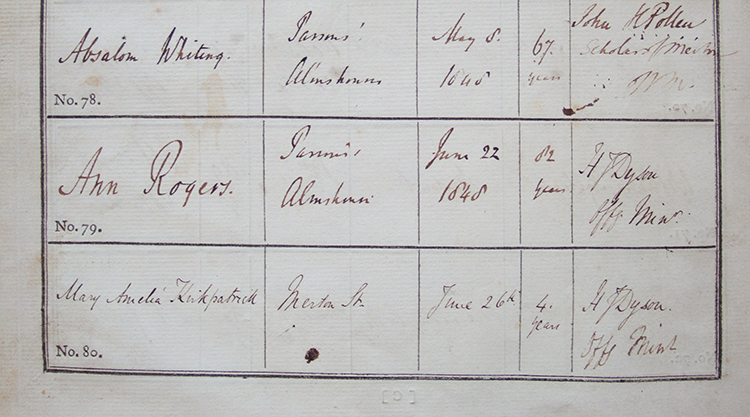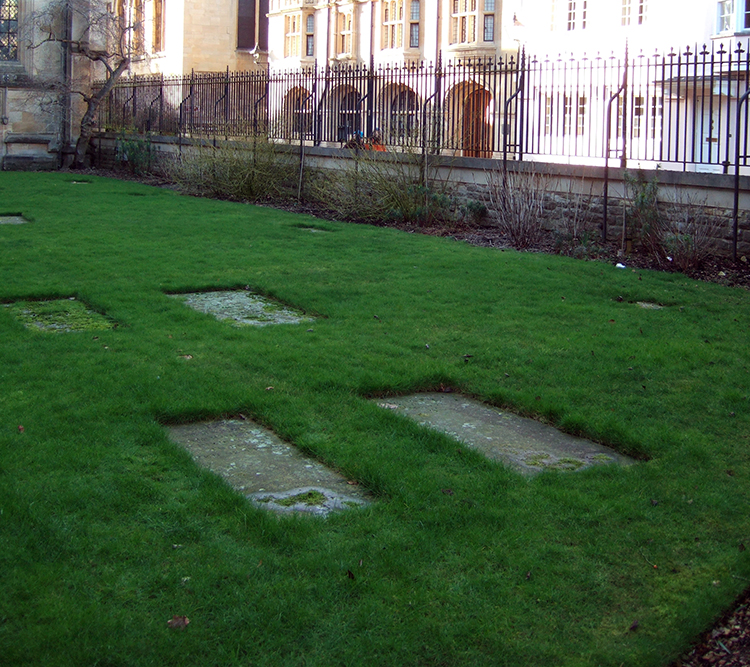College Chapel and Parish Church
With the country involved in civil war, in July 1643 Charles I brought his queen, Henrietta Maria, to the relative safety of Oxford. There she stayed in the Lodgings of the Warden of Merton, vacant by the departure of the Parliament-favouring Warden, Nathaniel Brent. The majority of fellows and all the students had also vacated the college, leaving plenty of chambers to be occupied by members of the queen’s court. Among these were husband and wife Ellis and Parnel Roberts. More than this, we know nothing of them, not even their positions in the royal household. Ellis Roberts died in the summer of 1644, probably in late June, and was buried in the north transept of the chapel on 2 July. In the chapel register he was described simply as “one that belonged to the Queen’s retinew”. His wife Parnel followed him less than six months later, both possibly carried off by the fever that raged throughout the overcrowded city that year. Parnel died 19 December and was buried, as the register records, “by [i.e. next to] her husband”.
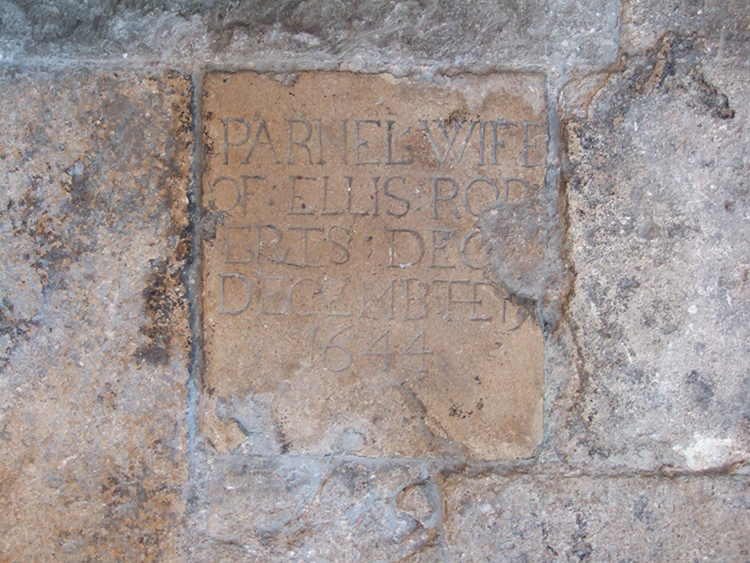
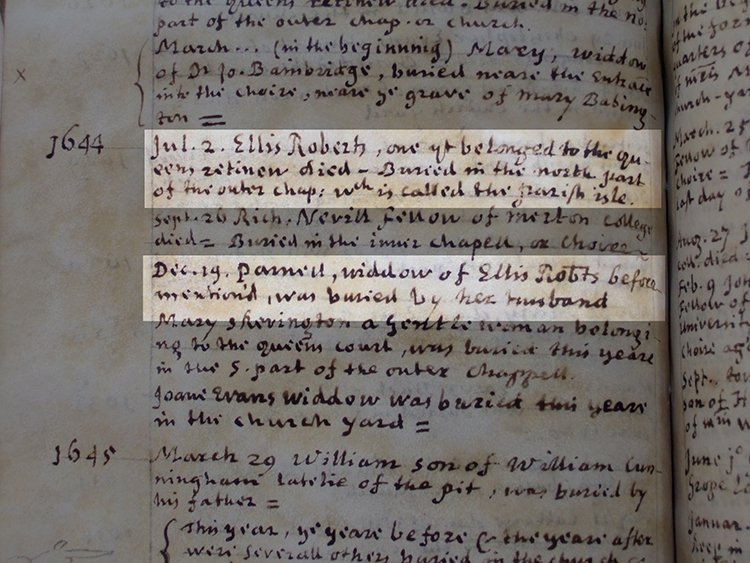
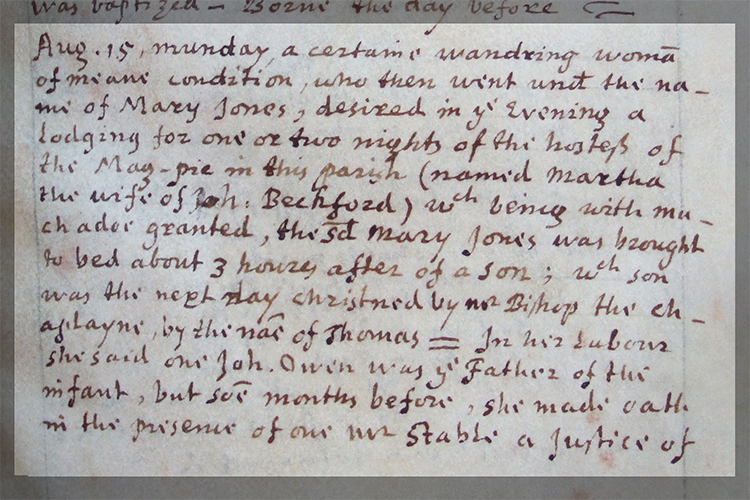
The written sources of history often favour the ‘great and the good’ but occasionally the lives of ordinary people are revealed in the most unexpected places. On the evening of Monday 15 August 1687, one Mary Jones “a certaine wandring woman of mean condition” knocked at the door of the Magpie in what is now Magpie Lane and begged admission of the landlady, Martha Beckford, seeking a bed for a night or two. The parish register records the details of the ensuing events:
Which being with much adoe granted, the said Mary Jones was brought to bed about 3 houres after of a son; which son was the next day christned by Mr. Bishop the chaplayne, by the name of Thomas. In her labour she said one John Owen was ye father of the infant… The woman the mother of the bastard, continued at the Magpie till the 30 of the said month of Aug. Shee came to Oxon. againe at the quarter sessions next following S. Michael’s day 1687, & then she said yt. her name was Mary Owen & that she had sometimes been a servant at the Inne called ye Grey-hound neare Magdalen Coll. The parishioners of S. John Bapt. par. gave her then 5 shillings, & then shee promised never to come againe to be a charge to them.
The Magpie was owned by Merton College and stood on the east side of Magpie Lane, to the north of Kybald Street.
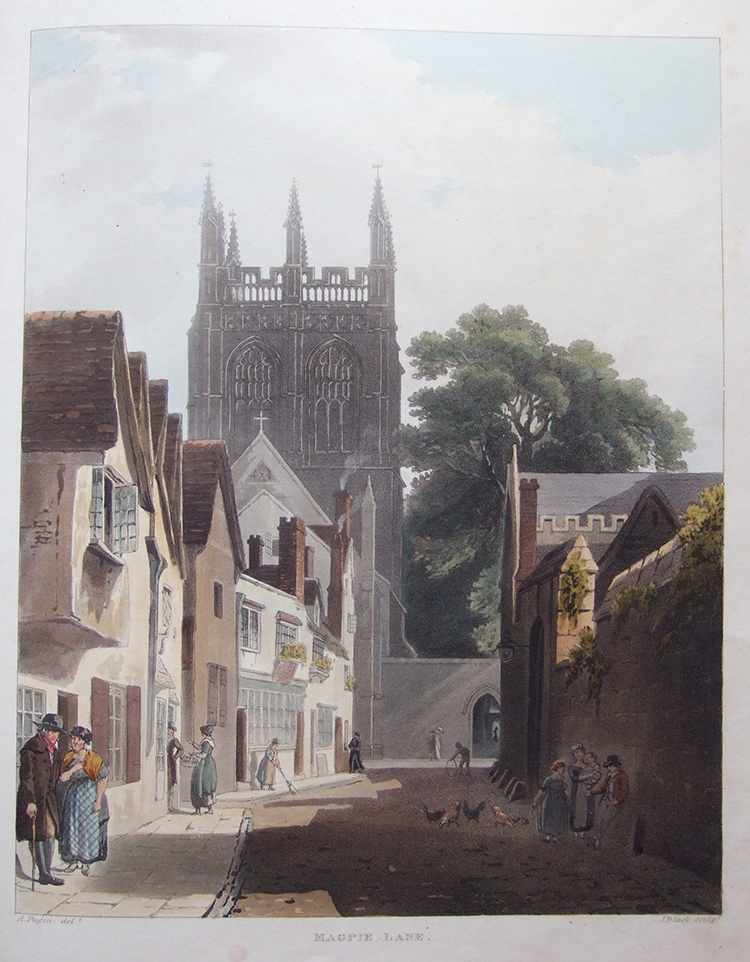
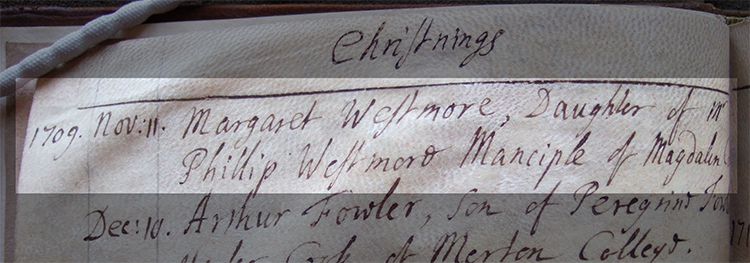
Some people’s lives took them away from Oxford, yet they had their beginning and their end on Merton Street. Margaret Beckett was one such. She was born in November 1709, the only child of Phillip Westmore, manciple of Magdalen College, and his wife Ann. Her baptism was duly recorded in the chapel register on 11 November. We would know little more about her had she not been buried in the north transept of the chapel at her death in December 1748, where her small memorial records that she had married one John Beckett of the parish of St. James, Westminster. John Beckett was a sword cutler and belt-maker who operated on St. James’s Street in the 1760s and who manufactured the ceremonial sword for the coronation of King George III in 1761. John Beckett died in September 1767 and, even though he had remarried, he left instructions in his will that he be buried, “in Merton College Chappel, Oxon, as near the remains of my late Dear Wife deceased as Conveniently may”. He was duly buried near his first wife and the brief details added to her gravestone. Margaret Beckett’s parents also both lie close by.
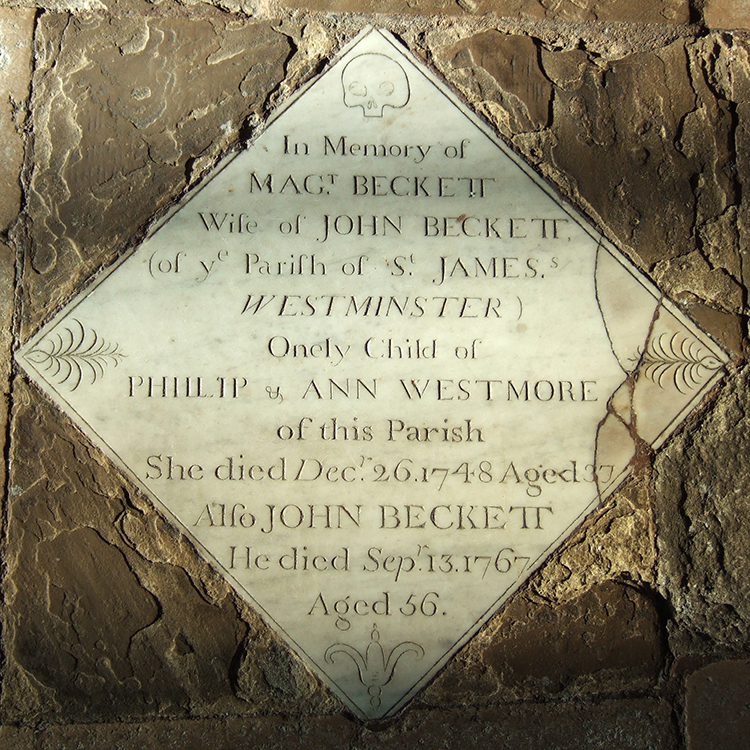
As a parish church as well as a college chapel, the monuments and registers of St. John’s record, in more or less detail, the lives of more women both within and without the college than can normally be associated with a college.
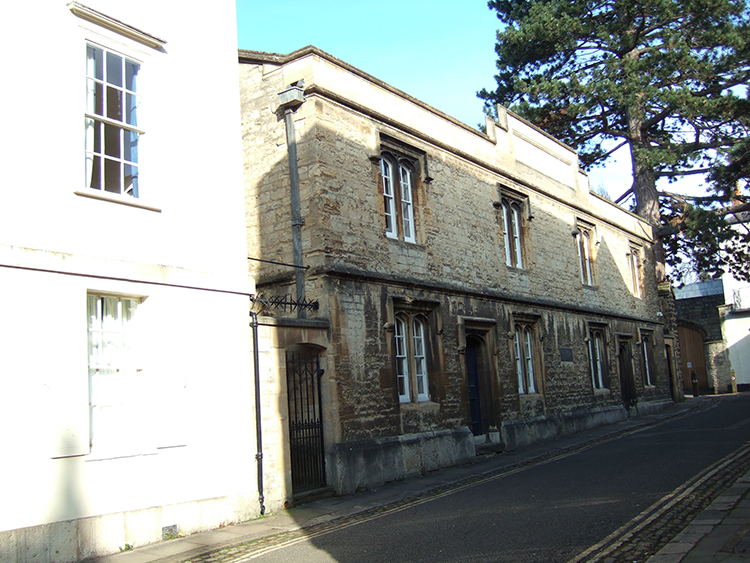
On 22 June 1848 was buried in the churchyard between the chapel and Merton Street, Ann Rogers, aged 82. The chapel register records that she was of Parsons’ Almshouses in what is now Kybald Street. She was one of seven such almswomen buried from the almshouses between 1844 and 1865, ranging in age between 70 and 90 years. The almshouses had been founded in 1816 for four men and four women from a bequest of John Parsons, a resident of the parish of St. Mary the Virgin who, with William Fletcher, had operated as bankers from premises on the High Street. In addition to accommodation, the almsmen and women received a stipend of £30 a year. Although the almshouses were in St. John’s parish, the residents were required to attend divine service in St. Mary’s, where Parsons was buried, every Sunday. Thus limiting, in effect, admission to the almshouses to practicing members of the Church of England only.
